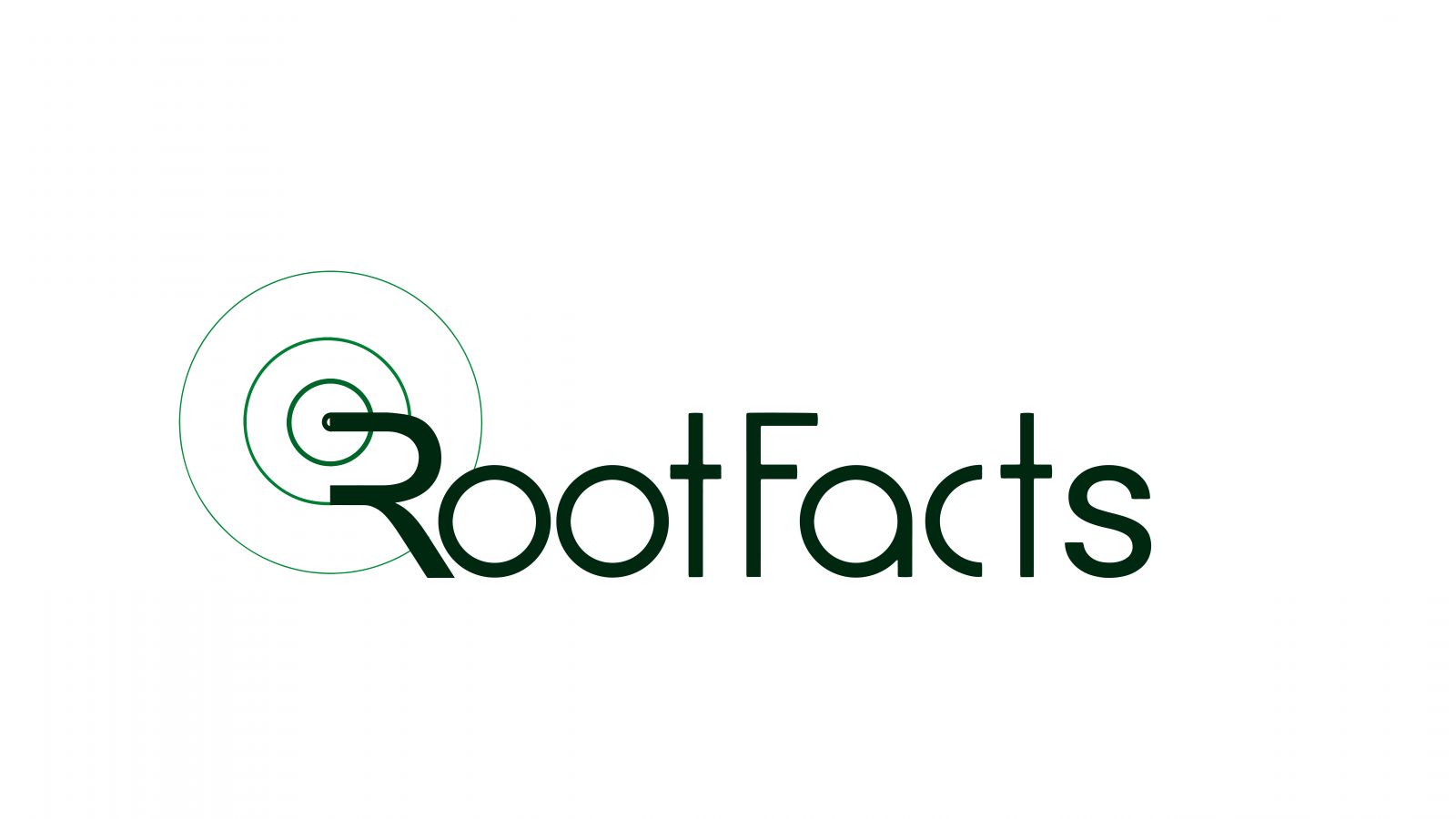Virtual Reality for Autonomous Vehicles Solutions

Autonomous Vehicle Development with RootFacts Virtual Reality Service.
The advent of autonomous vehicles is fast approaching. Self-driving cars have a huge potential to reshape transportation systems, providing improved safety, better traffic flow, and enhanced convenience. However, their development and testing present unique problems. Recreating complete real-life driving situations for comprehensive tests can be expensive, time-consuming and even dangerous. This is where Virtual Reality (VR) comes in as a game-changer.
RootFacts provides an innovative service called Virtual Reality for Autonomous Vehicles that is designed specifically for the automotive industry. This service uses VR’s immersive capabilities to create realistic virtual environments where autonomous vehicles are tested and refined safely within controlled environment. The next part of this paper deals with how this VR service from RootFacts enables auto-making companies to:
Enhanced Sensor Simulation
Assess the performance of various sensors for autonomous vehicles in numerous virtual surroundings. Autonomous vehicles depend on multiple sensors such as cameras, LiDARs and radars to help them navigate through their environments. RootFacts VR system has made it possible for engineers to recreate very realistic simulations based on actual sensor data collected in real life so that they could test what happens when these systems perceive differently. Different weather conditions can be simulated including various types of rain or snowfall; traffic situations can be complex; and unexpected obstacles can be imagined too. By testing such sensors’ effectiveness over varied scenarios in computer generated reality, weaknesses can be easily detected hence improving the self-driving system before using it on the road.
Imagine a virtual environment that simulates a dense fog on a busy highway. In such conditions, the lidar-generated images become foggy which helps engineers judge if an automated car will successfully navigate through the fog or not or whether its software algorithms need any improvements that will guide its decision making process.
Comprehensive Scenario Testing
Give autonomous cars more diverse driving experiences within safe simulation settings than what they are exposed to in the real world. The testing of self-driving vehicles in a real-life situation might be limited by safety concerns and an inability to simulate every possible driving scenario. Thus, RootFacts VR service can ensure that there is complete scenario coverage within its virtual world. For instance, engineers can develop models on:
- Different road types such as highways, urban roads, and rural paths.
- Various climatic conditions including rainstorm, snowfall, fog or extremely high temperature.
- Unpredictable incidents like sudden crossing on pedestrian lanes or irrational driver behaviors.
Through exposing these autonomous vehicles to various virtual situations; engineers will be able to determine if the system is competent enough to operate under different circumstances. This extensive testing identifies any inherent weaknesses and develops areas of opportunity before the vehicle sets foot in public roads. The advantage of virtual simulation approach is not only that it speeds up the development but also ensures safety and dependability of self-driving cars
Accelerated Development Cycles:
Minimize time spent on testing and validation processes for autonomous vehicles. Traditional methods for testing self-driving cars would involve much physical trials which are often slow and expensive. On the other hand, through RootFacts VR service speeded up tests can be conducted even faster in comparison with real-life scenarios within thousands of simulated drives. As a consequence, this enables shorter development cycles for such automated vehicles thus enabling car manufactures to rush these cutting-edge technologies into market quickly
An autonomous delivery vehicle should be built. To examine the ability of a car to drive itself in crowded urban areas, for example, it would traditionally take several months engaging in multiple cities across different countries. Engineers can test the performance of these delivery vehicles in a safe and controlled environment by using RootFacts VR service that creates virtual simulations of these urban environments. This speeds up the testing process and also mitigates any hazards like accident or property destruction during physical testing.
Algorithm Refinement through Data-Driven Insights
Collect valuable data from VR simulations that can be used to refine autonomous driving algorithms. The amount of data generated by VR simulations about how an AV system perceives and reacts to its simulated environment is quite huge. Consequently, with some assistance from Rutam’s service, this information could be presented in a way that will help engineers identify patterns and areas where the autonomous driving algorithms can still be improved further. For instance, the data might reveal that the vehicle struggles to navigate tight turns in certain scenarios. The information helps them come up with algorithms which control steering and decision making processes thus ensuring safety whenever such situations arise as well as effectiveness
The more often engineers analyze VR simulation results
the better refined the self-driving algorithms get hence giving rise to a stronger more dependable system. It is therefore crucial that these vehicles have been developed according to this approach since it means that they are capable of going through complicated driving scenarios yet doing so safely and effectively too


